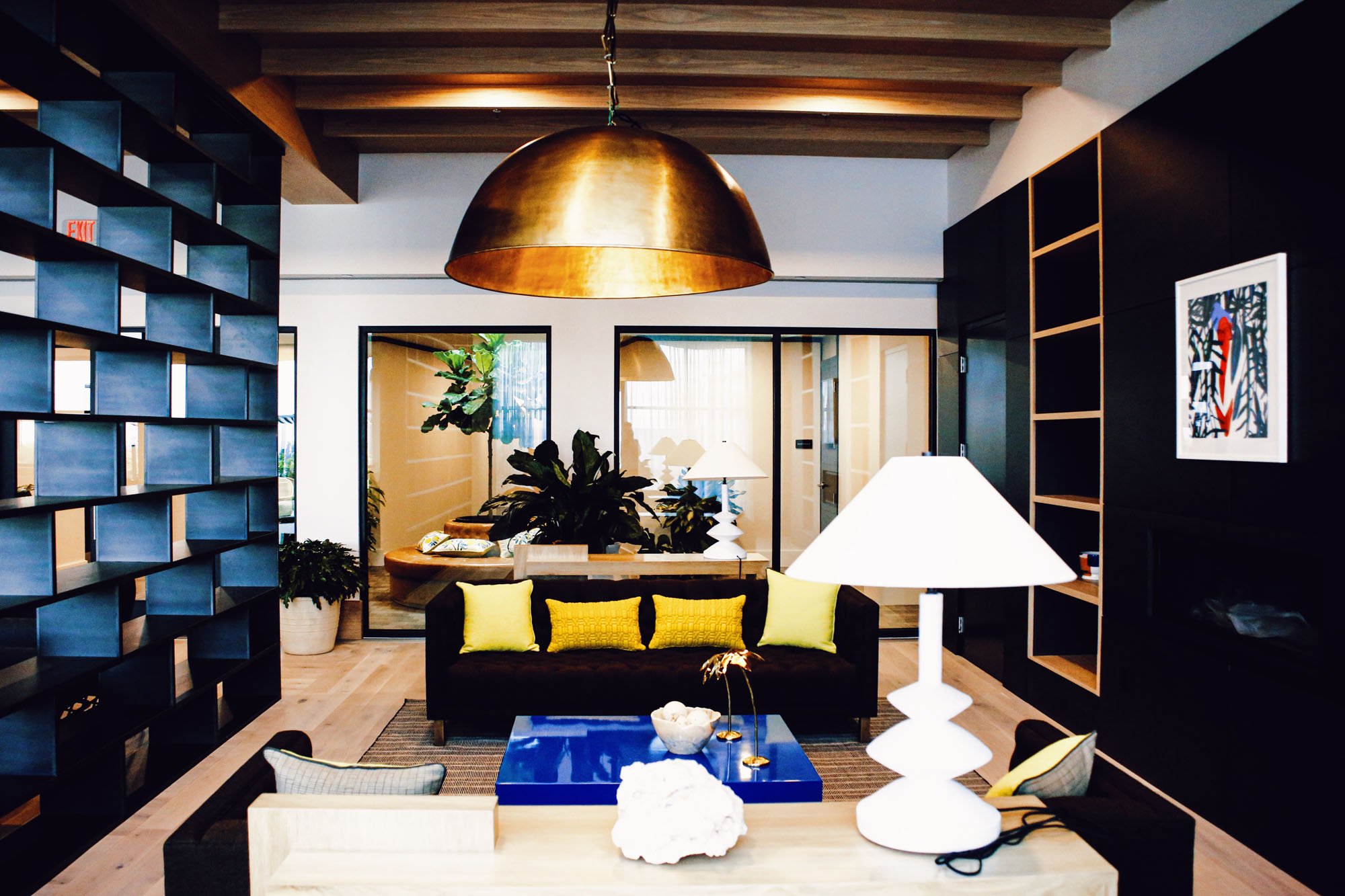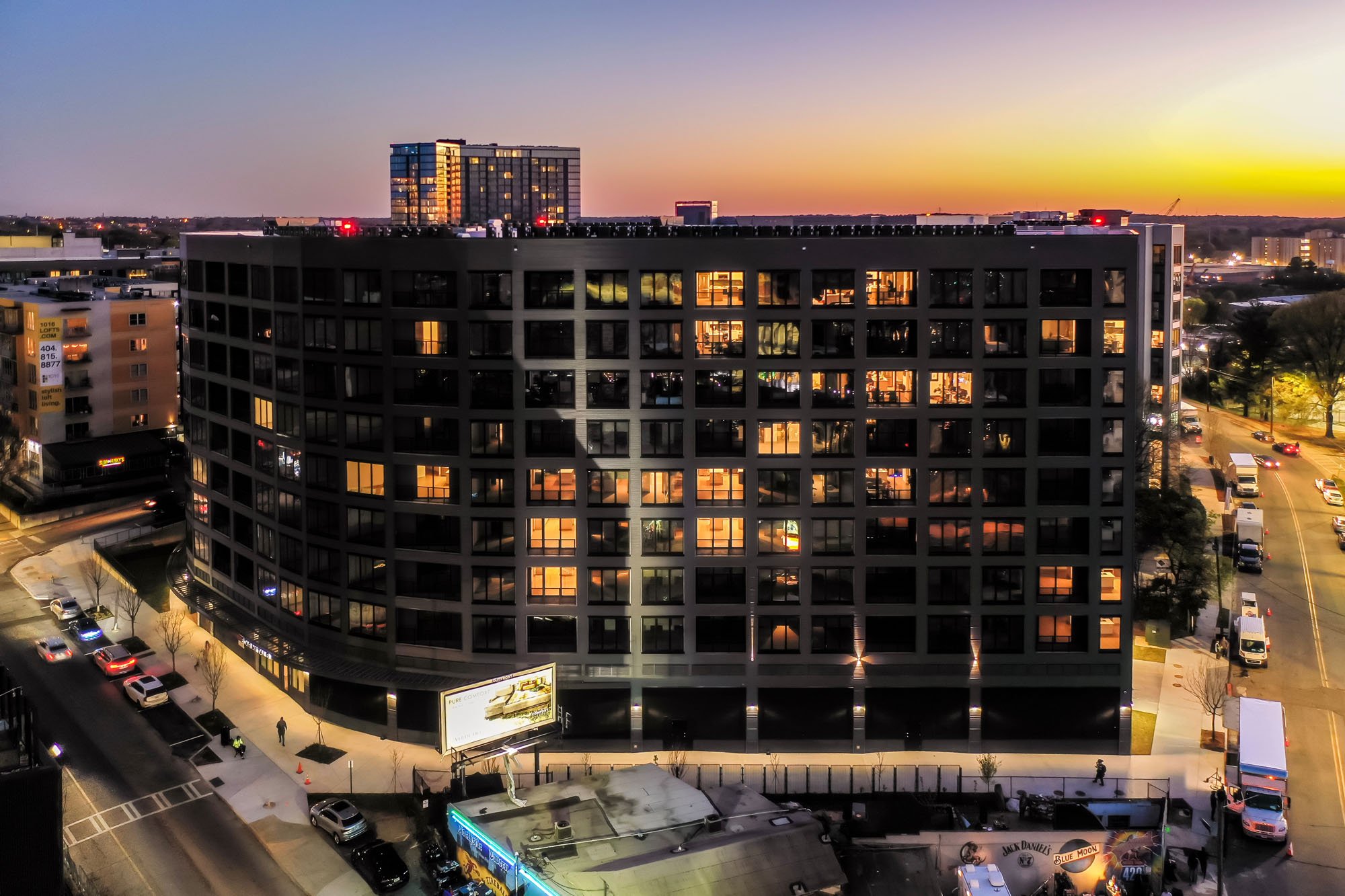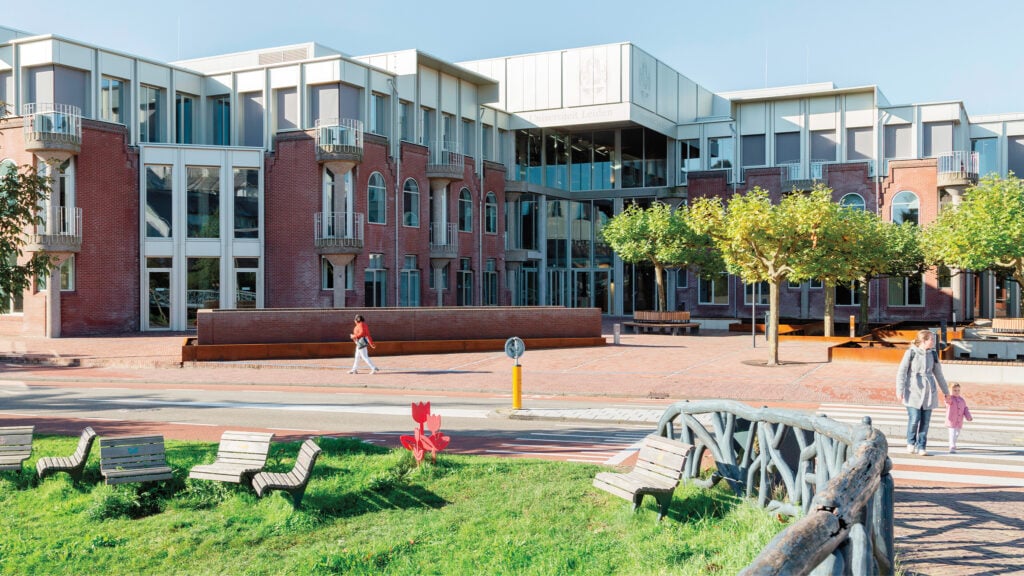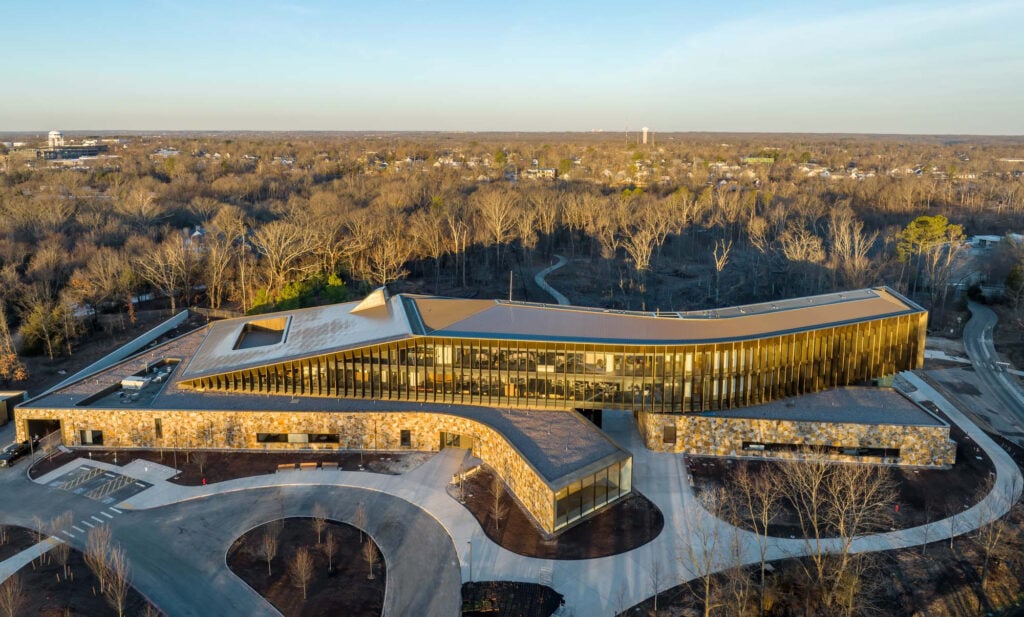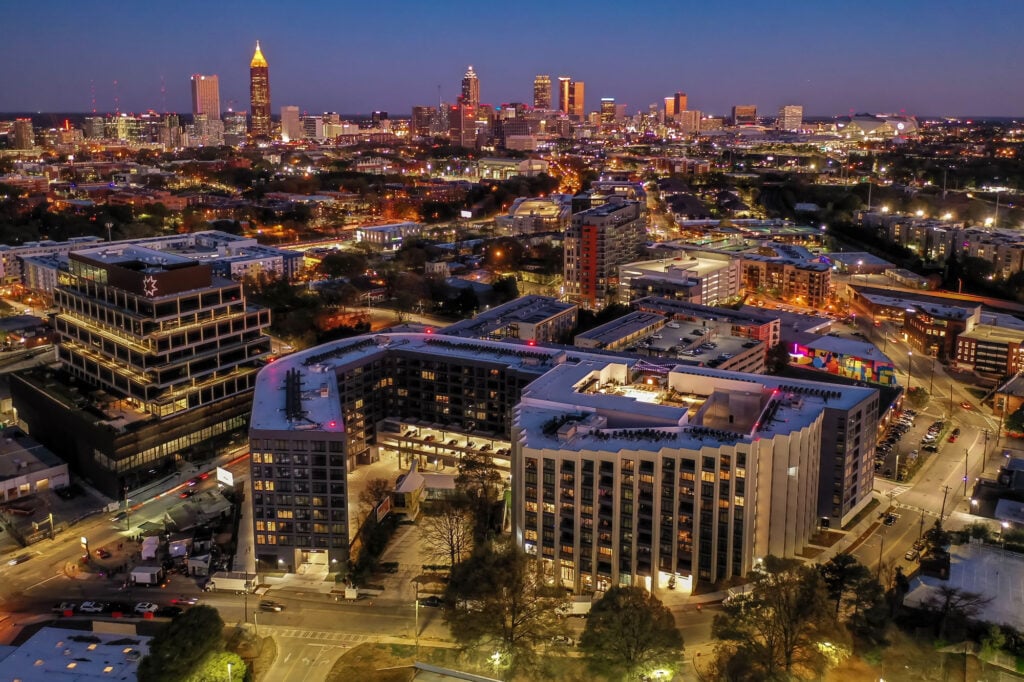
November 25, 2021
A Development Hopes to Bring 24-Hour Energy to Atlanta
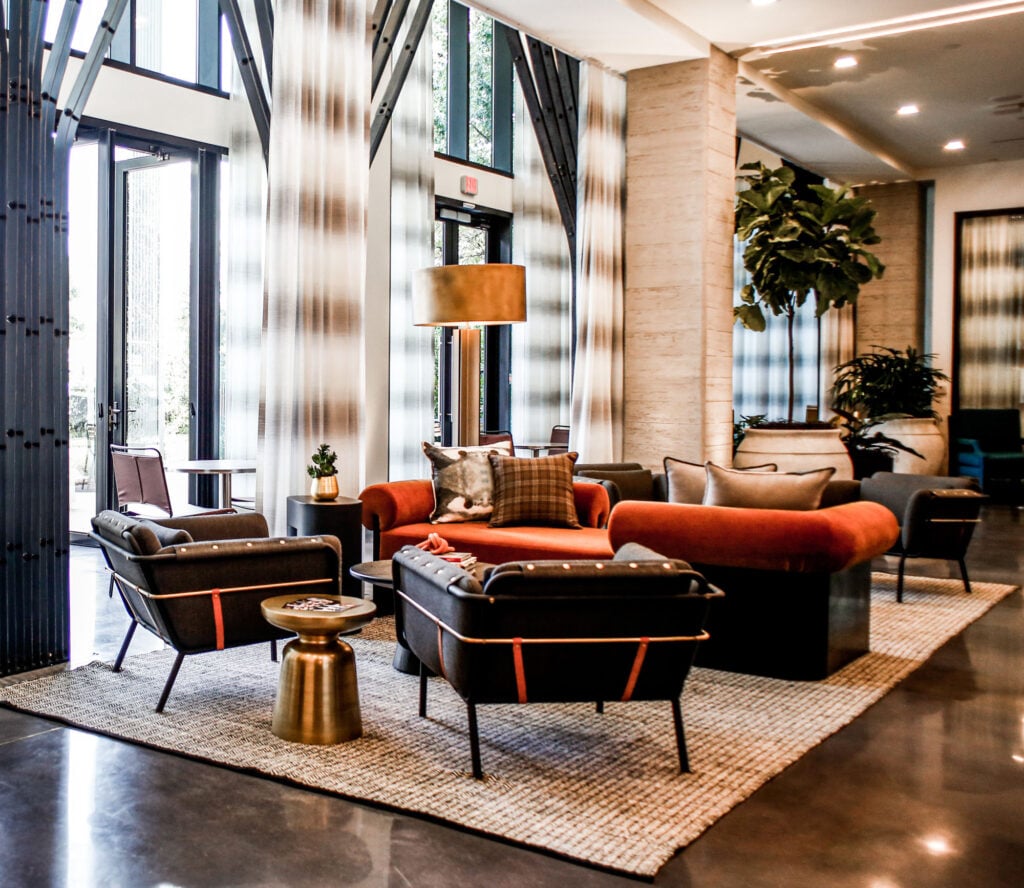
“You can’t grow horizontally forever,” says Spencer Morris, chief investment officer and executive vice president of Allen Morris, a development company founded by his grandfather. “At some point you have to grow vertically.” Morris is putting his company’s money where his mouth is—investing heavily in Atlanta’s Westside with a new stand-alone multi-use development called Star Metals.
“Historically, this was the meat-packing center of Atlanta,” Morris explains. “There were slaughterhouses everywhere. Then the neighborhood evolved into textile mills, which existed up until about the 1970s. Then, in the 1990s, a place called Westside Provisions opened, and that was the beginning of the neighborhood as a food destination for all of Atlanta.” The neighborhood is also known as West Midtown.
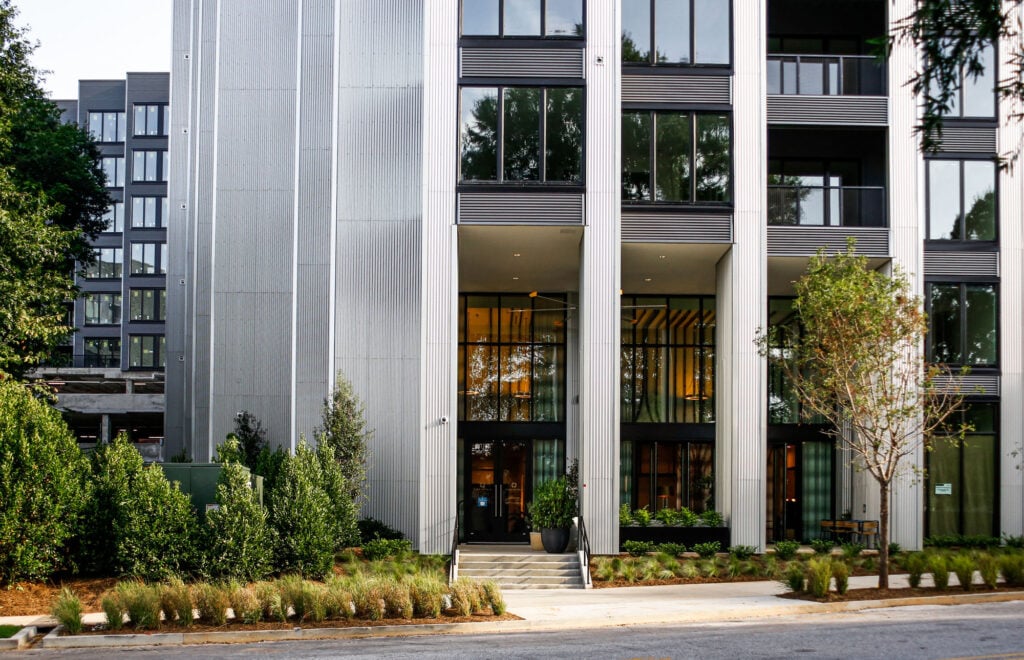
Star Metals, whose name is rooted in former metal scrapyard on the site, will eventually comprise six buildings encompassing residential, office, retail, hotel, and other commercial uses.
“The client wanted something that is not typically done in Atlanta,” says Kevin Heidorn, project manager and studio leader at Oppenheim Architecture, designers of Star Metals. “We were very inspired by the history of the neighborhood, the railways, the industry.” At present Star Metals comprises the nine-story Star Metals Residences and the adjacent Star Metals Offices, both newly completed.
The two buildings are architecturally distinct. “For the residences, we decided to break the building into two masses,” Heidorn says, “one fan-shaped and the other orthogonal. Corrugated metal panels are a nod to the site’s history.” Then, he continues, the office building has its own modernist character. “For the office building, the client wanted a variety of floorplates and exterior terraces. So, we shifted different sized floorplates around a core.” The result is an homage to 1960s and 1970s modernism, a style prominent throughout Atlanta due to its boom period during those decades.
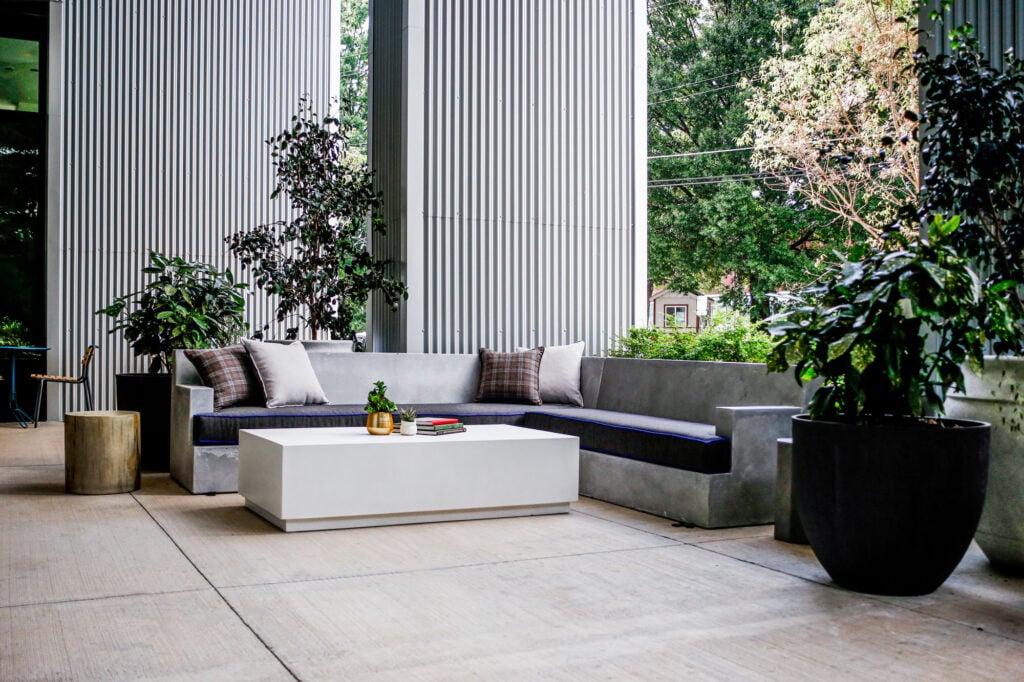
Developer Morris realizes that buildings alone do not a vibrant urban district make—there must be funky retail in the mix. In its nascent years, West Midtown supported galleries, bookstores and coffee shops—but these have been a victim of the neighborhood’s success, pushed out by increasingly high rents. Morris thinks his company has a solution: “Stella at Star Metals will be a high rise with offbeat ground-floor retail tenants, and we’re intentionally discounting the rent to one-third of the market rate to encourage them to grow and stay.”
With this new city mix, has Atlanta finally achieved the urbanity for which it has long strived? “You need both existing and new buildings,” Morris opines. “West Midtown has both. There are real industrial buildings that have been converted into lofts. Now we are constructing new buildings that celebrate the neighborhood’s roots and history. We have such a vested interest in the neighborhood, and we have a broader vision for it.”
Would you like to comment on this article? Send your thoughts to: [email protected]
Latest
Projects
Studio De Zwarte Hond Reimagines Dutch University with Circular Renovation
The Herta Mohr building showcases how resourceful reuse can transform a legacy structure into a sustainability paradigm.
Products
4 Manufacturers Lead the Way in Sustainable Surfaces
3form, Corian, Cosentino, and Wilsonart offer some of the most transparent surfacing products on the market.
Projects
This Arkansas Institute Brings a Holistic Vision to Health-Care Design
Designed by Marlon Blackwell Architects, Heartland Whole Health Institute weaves together nature, wellness, and architecture to reimagine how we care for the body and mind.



